Chinese influence has been the subject of heated debate in Australia since 2016. A key quandary for Australia is how to retain the benefits of its economic relationship with China while at the same time protecting its interests and values. In a recent paper, I examine how financial markets have responded to increasing concern over Chinese influence in Australia. My findings indicate that while these concerns have increased volatility of both stock market and government bond yields, and negatively affected the share prices of individual firms that are heavily reliant on Chinese markets, the overall effects are essentially insignificant.
My basic assumption is that Australia’s financial markets — including stock markets, government bond markets and foreign exchange markets — are highly liquid and efficient compared to other markets, such as for labour and commodities. Therefore, financial markets’ response to Australian concerns about Chinese influence are an important indicator of the potential economic effects of a further souring of Australia–China relations.
Specifically, for stock markets, my study shows that Chinese influence concerns, proxied with Google Trends search results, does not cause a significant drop in the whole stock market (ASX 200, ASX 300 or ASX All Ords). Rather, an escalation of concern about Chinese influence appears to increase the volatility of stock markets. For individual stocks, these effects depend on the level and nature of individual firms’ exposure to Chinese markets. For example, for Treasury Wine Estate, which concentrates on Chinese markets, the Australian public’s concern over Chinese influence causes a significant drop in its share price. For Fortescue Metals Group, however, also heavily concentrated on Chinese markets, the impact on share price is insignificant. For firms such as Telstra Corporation, whose exposure to the Chinese markets is small or even negligible, the effect is insignificant.
For Australian government bond markets, my study shows that these effects on the yield level are insignificant. However, an escalation of concern about Chinese influence significantly increases the volatility of 2-year and 10-year government bonds, but does not affect 5-year government bonds. The Australian public’s concern about Chinese influence does not exert any significant effects on the Australian dollar exchange rate, either in terms of its mean value or volatility.
There are several possible reasons for the minimal response of Australian financial markets to the increased concern over Chinese influence on the Australian economy. First, Australia’s economic reliance on the Chinese market, in aggregate, is not as great as generally perceived. While China is Australia’s largest export market for both goods and services, the Chinese market only accounted for 7.2 per cent of Australian GDP in 2018.
The reality is that the Australian economy is mainly driven by domestic consumption. Even for sectors where Australia’s trade concentrates heavily on China, this relationship is more about mutual benefit than single-sided benefit. For example, the market for iron ore, Australia’s largest category of export to China, is a supply market rather than a demand market. This may be the reason why concerns about Chinese influence have an insignificant impact on Fortescue Metals Group’s share price. For the coal market, even in the scenario that China cut its Australian coal imports by 25 per cent, this would only reduce Australia’s national output 0.04 per cent. For the liquefied natural gas market, as most deliveries of Australia’s LNG to China cannot alter their volumes due to long-term contracts, there is little scope for China to reduce its imports of Australian liquefied natural gas in the short term. The investment story is even clearer: despite rapid growth of Chinese investment into Australia through to 2019 (when it started to tank), the total stock still remained very low as a proportion of GDP.
Second, the Chinese economy is still essentially corporate-centric. This means that Chinese authorities may be more likely to use consumer goods and services than intermediate goods and services as economic leverage. This has been the experience to date, evident in the sectors targeted by Beijing – wine, lobster, sugar, coal, timber, wool, barley, copper ore and, most recently, the education sector.
For the time being, at least, the limited response of Australian financial markets to concerns about Chinese influence on the Australian economy suggests resilience in those markets. However, if the bilateral relationship continues to deteriorate, there is no guarantee that this resilience will be sustained in the longer term.


